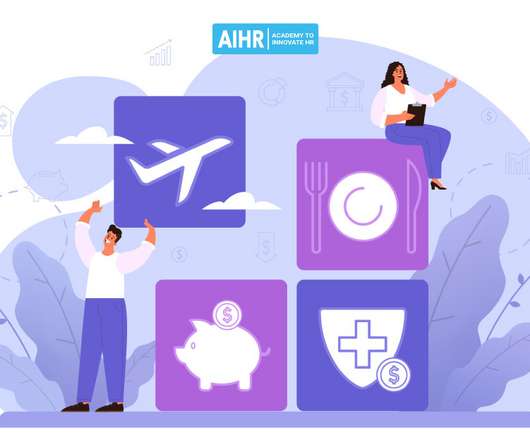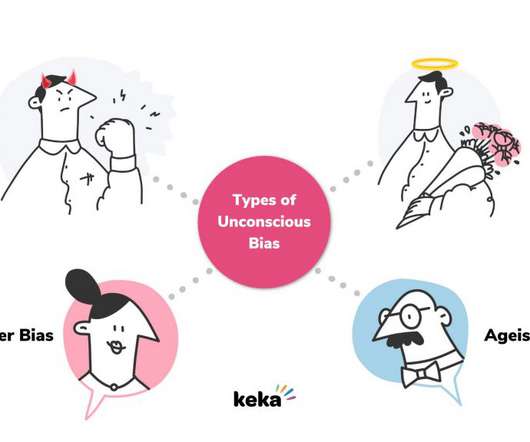9 Tips on How to Achieve Equity in Employee Rewards
Semos Cloud
JULY 11, 2023
Category All, Best Practices 9 Tips on How to Achieve Equity in Employee Rewards Recognition and rewards programs can not achieve their purpose if employees view the rewarding system as unfair. One area where equity plays a vital role is in employee recognition and rewards.

























Let's personalize your content